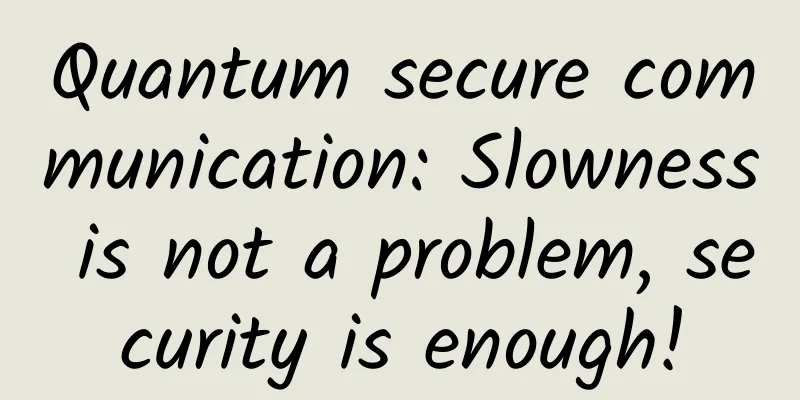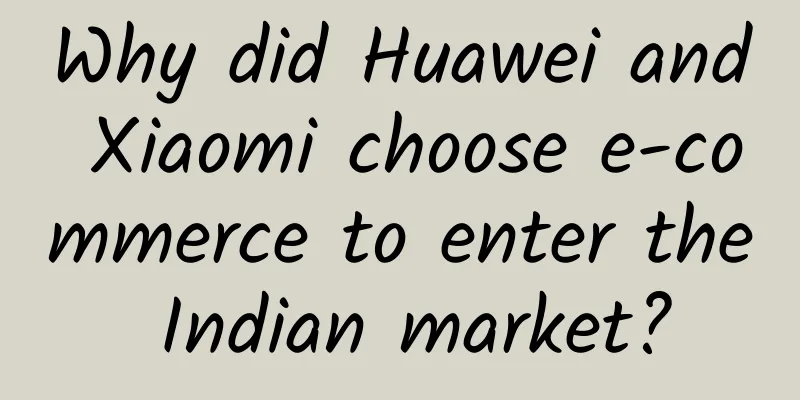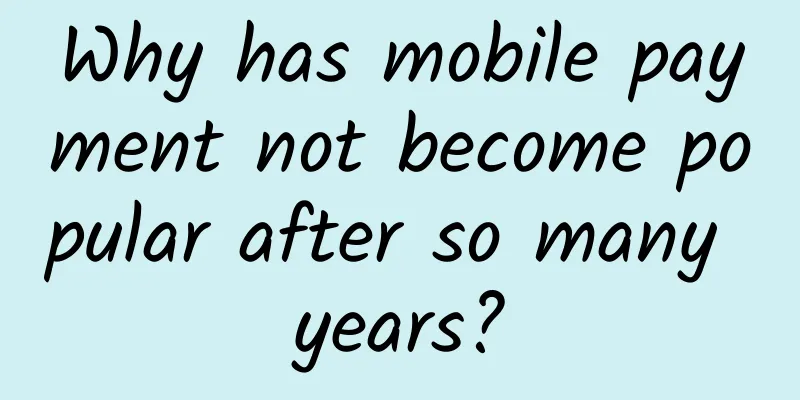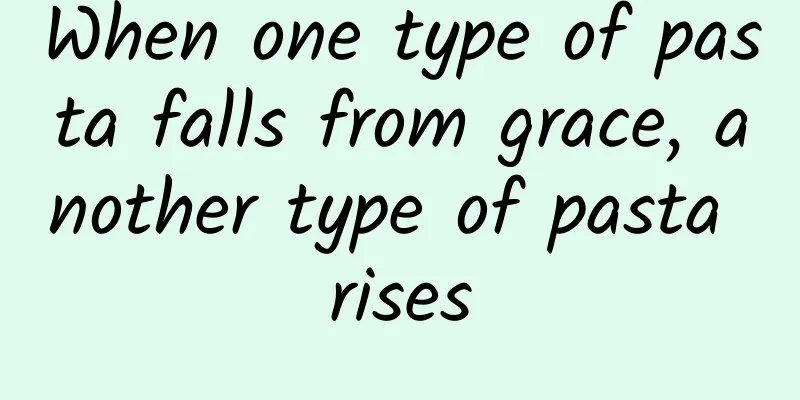Quantum secure communication: Slowness is not a problem, security is enough!

|
What is your home internet speed? Gigabit Ethernet cables are common nowadays, and it is normal for home internet speeds to reach several hundred megabits after considering the efficiency loss. For example, I just tested the speed from the router to the Internet at 349 megabits per second. What is your home internet speed? Gigabit Ethernet cables are common nowadays, and it is normal for home internet speeds to reach several hundred megabits after considering the efficiency loss. For example, I just tested the speed from the router to the Internet at 349 megabits per second. Your network speed is equivalent to 349 M Now if someone tells you that they will provide you with a high-tech product, but the Internet speed is reduced to just over 100 Mbps, will you do it? You will definitely find it ridiculous and disagree. But if he adds that this high-tech product can make your communication completely secure, and you will no longer have to worry about leaks, will you do it? This high-tech technology is quantum secure communication, or quantum cryptography, or quantum key distribution (QKD). Its greatest feature is that it can achieve "unconditional security", that is, even if the enemy has unlimited computing power, it cannot crack your password. This is the highest level of security imaginable. The currently commonly used confidentiality methods are "conditional security", that is, if the enemy's computing power is strong enough, it can crack your password. Therefore, quantum cryptography is inherently much safer than traditional confidentiality methods, and the envisioned quantum Internet is also called an "unbreakable network" (People's Daily published an article by Yuan Lanfeng: The Future of Quantum Internet). "The Future of Quantum Internet" (Published in the Science and Technology Overview column of People's Daily on January 11, 2023) (http://paper.people.com.cn/rmrb/html/2023-01/11/nw.D110000renmrb_20230111_2-15.htm) However, if you ask me what the disadvantages of quantum cryptography are, I will honestly tell you: it is too slow. For example, there was a big news in January 2021. The University of Science and Technology of China announced the construction of a quantum communication network integrating the sky and the earth (spanning 4,600 kilometers, China leads the world in quantum communication, how long will it take Europe and the United States to catch up? | Yuan Lanfeng). This refers to the "Mozi" satellite in the sky and the "Beijing-Shanghai Trunk Line" on the ground. The former realizes quantum secure communication between the sky and the earth, and the latter realizes quantum secure communication over a distance of 2,000 kilometers from Beijing to Shanghai. The combination of the two realizes a quantum communication network integrating the sky and the earth. China's space-ground integrated quantum communication network However, what is the transmission rate of the Beijing-Shanghai trunk line? The data is given in Table 1 of the paper: the lowest is 28.1 kbps, the highest is 235.4 kbps, and the average is only 79.3 kbps! The unit is not even M, but k! In other words, it is less than one megabit per second. Table 1 of the Nature paper: Various indicators (number of relays, number of nodes, number of users, number of connections, average length, loss rate, and coding rate) of the backbone network, four metropolitan area networks (Beijing, Jinan, Hefei, and Shanghai), two ground stations (Xinglong and Nanshan), and the Micius satellite in the integrated space-ground quantum communication network The transmission speed of tens of kilobytes makes us dream back to the 1990s, when we first started surfing the Internet. At that time, the typical Internet access device was called a "cat", that is, a MODEM (modem), and the typical speed was a few kilobytes or tens of kilobytes. It was okay to read text at this slow speed, but it took a long time to upload a picture, and it was difficult to listen to music, not to mention watching a movie. This Internet speed will also make those who experience it recall some ancient culture, such as campus BBS and the online novel "First Intimate Contact"... Why is quantum secure communication so slow? Because it is actually a method of generating keys using quantum mechanical operations. The wonder of quantum mechanics is that it allows both parties in communication to directly share the same random string as a key without the need for a third-party messenger. That is why, as mentioned earlier, it has a technical name called quantum key distribution (QKD). But after the key is generated, to achieve unconditional security, it must be used "one time, one key", that is, a key can only be used once. This is not over yet, the length of the key must be the same as the plaintext information to be transmitted. In other words, if you want to transmit a copy of "Dream of Red Mansions" unconditionally and securely, then the key you generate needs to be as long as "Dream of Red Mansions"! TV series Dream of Red Mansions And one-time pad means that such a long key can only be used once. If you want to pass on another copy of "Water Margin" next time, you can't use the previous key again, you must generate another key with the same length as "Water Margin". As for how to transmit the encrypted ciphertext after the key is generated, it is very simple: any conventional communication method can be used, because the encrypted ciphertext is already unbreakable. Therefore, quantum secure communication is divided into two steps. The first step is the generation of the key, which is slow, and the second step is the transmission of the ciphertext, which is fast. This determines that the information transmission speed of quantum secure communication depends on the speed of the first step, that is, the generation of the key, which is called the code rate (secret key rate, abbreviated as SKR). In fact, the table in the previous paper lists the code rate. Here comes the point: the coding rate of quantum cryptography is naturally low, because it can only send one photon at a time when generating a key. Yes, this is a fundamental difference from conventional communication. Conventional communication can send a very strong beam of light containing many photons, but the quantum key generation process can only send one photon at a time. Why? If you only send one photon, the enemy cannot steal information from it, because he cannot steal half a photon. Photons are like electrons. There can only be zero, one, two, or three photons, but not half. If multiple photons are sent at a time, the enemy may steal one of them to steal secrets. This is called a "photon number splitting attack" (Quantum encryption has a flaw? Please improve your knowledge level and don't mess up big news | Yuan Lanfeng). Therefore, sending one photon at a time is a major technical key to quantum cryptography, which completely blocks the photon number splitting attack. However, this also determines that its coding rate will be relatively low. After all, how can transmitting one photon at a time catch up with transmitting multiple photons at a time! Photon number splitting attack Therefore, the most obvious bottleneck of quantum cryptography in practical application is the code rate. After all, if I tell you that I can keep your communication absolutely confidential, but the rate is only tens of kilobytes, most people probably won’t accept it, unless your information is truly top secret and must be protected at all costs. In the years that I have been doing quantum information popularization, I have seen many attacks on quantum information from various angles. One of the more technical ones is that the coding rate of quantum secure communication is too low, so it is useless. For example, if you search the word "coding rate", you can immediately see articles like "One of the Dilemmas of Quantum Communication Technology: Extremely Low Coding Rate" (http://www.yiguangdian.cn/article/15). Let me quote a few sentences for you: "In the arena of modern high-speed, real-time, multimedia interactive communications, the snail-like slow coding rate makes quantum communication have no foothold. ... The extremely low coding rate of QKD is determined by physical principles, and it is difficult to make substantial changes through engineering technology. ... In the era of modern high-speed, low-latency communications, ultra-low coding rate quantum key distribution technology has no entry point and is unlikely to have application prospects." Is this really the case? Here is a piece of news for everyone: Pan Jianwei, Xu Feihu and other researchers from the Institute of Quantum Information and Quantum Technology of the Chinese Academy of Sciences, which was established based on the University of Science and Technology of China, cooperated with researchers from the Shanghai Institute of Microsystem and Information Technology, Jinan Institute of Quantum Technology, Harbin Institute of Technology and other units to achieve real-time quantum key distribution at a rate of 100 megabits for the first time in the world, raising the previous code rate record by an order of magnitude (Institute of Quantum Information and Quantum Technology of the Chinese Academy of Sciences achieves quantum key distribution at a rate of 100 megabits | Quantum Science Talk). The achievement was published online in Nature Photonics on March 14, 2023 (https://www.nature.com/articles/s41566-023-01166-4). High-speed quantum key distribution exceeding 110 terabits per second What is the specific bit rate of 100 Mbps mentioned here? It is 115.8 Mbps in a 10-kilometer standard optical fiber channel. Now if someone tells you that your communication can be kept absolutely confidential with a rate of more than 100 Mbps, will there be many more people willing to accept it? Why did such a dramatic development occur? What was wrong with the previous article that believed quantum cryptography was useless? The mistake was that they looked at the problem from a static perspective. There is a sentence in the previous quotation: "The extremely low coding rate of QKD is determined by physical principles, and it is difficult to make substantial changes through engineering technology." In fact, physical principles can only determine that the transmission rate of quantum secure communication is lower than that of conventional communication, but cannot determine its upper limit. In recent years, the practice has shown that the coding rate of quantum cryptography is increasing rapidly. For example, the 79.3 kbps of the Beijing-Shanghai trunk line mentioned above seems low, but guess what its design index is? It is 8 kbps! From 8 to 80, it has actually exceeded expectations by ten times! For example, the latest 100M-class news has a sentence that the previous bitrate record has been raised by an order of magnitude. This means that the previous highest record was 10M, which was achieved in 2018, and now it has been raised to 100M. These all reflect the speed of technological progress. If you are very curious, you may ask, how is the 100-megabit bit rate achieved? The answer is obvious, it requires progress in many aspects. For example, at the transmitting end, high-speed and high-fidelity polarization state modulation technology on integrated photonic chips has been developed; at the receiving end, high-efficiency, low-noise, and high-counting-rate superconducting nanowire single-photon detectors have been developed. This superconducting nanowire single-photon detector is particularly worth mentioning. It is the best single-photon detector currently and has many applications in fields other than quantum communication. What is particularly interesting is that it is made in China, not imported (Superconducting single-photon detector brings new breakthrough to high-speed quantum communication | Quantum Science Talk). Specifically, it is the team of You Lixing from the Shanghai Institute of Microsystem and Information Technology of the Chinese Academy of Sciences (The superconducting nanowire detector worth 24 million yuan is actually made in China | Science and Technology Yuanren). What’s even more interesting is that Professor You Lixing himself initially thought this was impossible (https://www.cas.cn/zkyzs/2021/09/315/cmsm/202109/t20210914_4805673.shtml)! Before participating in the development of the Jiuzhang optical quantum computing prototype, his single-photon detector efficiency had been hovering around 10%. When he first received the goal of "reaching 80% detection efficiency" proposed by Jiuzhang, he thought it was an "impossible task". "I didn't expect that after several years of 'forcing', it actually met the standard, and I also found more room for improvement." "Collaborative Innovation 'Joint Fleet' to Build the Most Core Quantum Research Base" (Wenhui Daily, September 9, 2021, p. 9) This story gives us a bigger picture, which is the pull of basic research on engineering applications. For example, when the Chinese high-energy physics community was preparing for the Jiangmen neutrino experiment, it greatly improved the level of China's photomultiplier tubes (Want to participate in the competition for large colliders? First understand the basic background | Yuan Lanfeng). Another example is that China has greatly improved its level in the process of providing superconducting wires for the International Thermonuclear Experimental Reactor (ITER), from a few kilograms a year to hundreds of tons, becoming a world leader (How far is the superconducting material from discovery to large-scale application? [Endless Frontier - "Exciting" Room-Temperature Superconductivity] | Science and Technology Yuanren). Therefore, it is a typical fallacy to think that a field is a scam because of the lack of temporary technical indicators. To put it politely, it is like looking for a sword in a boat. This also inspires us that for disruptive technologies like quantum cryptography, we should first recognize its breakthrough in terms of quality and recognize that this is its fundamental value. If someone says that it is useless because of its quantitative shortcomings, you should think that those things can be improved. Just as when the train first came out, it was not as fast as the carriage, but people with foresight could see that the prospect of the train was much better than that of the carriage. Similar principles apply not only to quantum cryptography, but also to many fields such as nuclear fusion, quantum computing, and space exploration. Some people say that these fields are scams, but in fact, they are all the same fallacy of thinking. If you can distinguish between quality and quantity, you will not be misled by those amateur science articles full of jargon, and your thinking level will be higher than 99% of people. As Bill Gates said, "People always overestimate the changes in the next two years and underestimate the changes in the next ten years." Another example is the famous saying of science fiction master Clarke: "If an old and respected scientist says that something is possible, he is probably right; but if he says that something is impossible, he is probably wrong." Finally, let me tell you something interesting. Even though the average speed of the Beijing-Shanghai trunk line is only 79.3 kbps, it can already support many applications, including quantum secure communication mobile phones, RMB cross-border payment and collection information management systems, and quantum encryption transmission of power business data. Why is this? Because as long as it is properly planned, the amount of top-secret data can actually be very small. For example, in a military command system, a number may be enough to represent a series of tactical operations, and these tactical plans have been formulated long ago. Furthermore, some applications do not require real-time key generation. At this time, low bit rate is not a problem at all. Generate keys when not in use and accumulate them, and use them at any time when needed. Isn't it enough? |
>>: The "Stone Kingdom" is open! What is the origin of the shocking Shimao ruins?
Recommend
Are driverless subways reliable?
I read in the news that the first batch of fully ...
Chengming Taiyi Jiuku Tianzun Dharma Training Course (Seventh Session, March 2021)
Chengming Taiyi Jiuku Tianzun Dharma Training Cou...
Will the electric eel shock itself when it discharges electricity?
The Amazon is a place with extremely rich biologi...
Where should Apple go after the large-screen iPhone?
2014 was a mixed year for Apple . On the one hand...
Tencent QQ Mini Program was blocked and suspended on WeChat: Violation of regulations
On the evening of March 11, some media found that...
No one likes watching TV anymore? Survey proves smartphones are eating into the TV industry
On December 8, Fortune magazine reported that the...
iOS Development - Basic Framework
[[164113]] This basic framework mainly includes t...
How to operate and maintain her community with millions of monthly active users in 8 months
This article is the on-site dry goods of WOT2016 ...
Can metals be made into glass? You'll never think of its applications
Produced by: Science Popularization China Author:...
The most searched! This ice cream doesn't melt even if it's left at 31℃ for an hour?
In recent days "Ice cream assassin" has...
"Big heart" is also a disease! How to solve the dilated cardiomyopathy known as the "family curse"?
Review expert: Wang Xin, deputy chief physician o...
APP promotion operation: Internet promotion traffic circulation system
Operations are divided into two parts: the first ...
Pet e-commerce mini program development function cost plan
At present, the number of pet cats and dogs in Ch...
What exactly is the mysterious creature “Water Monkey”?
In our country, various versions of the "wat...
Can Apple TV really help video games? From Despicable Me: Minion Rush, we can see the difference between Apple TV and domestic Android hardware
Nowadays, there are more and more smart TVs in ho...









